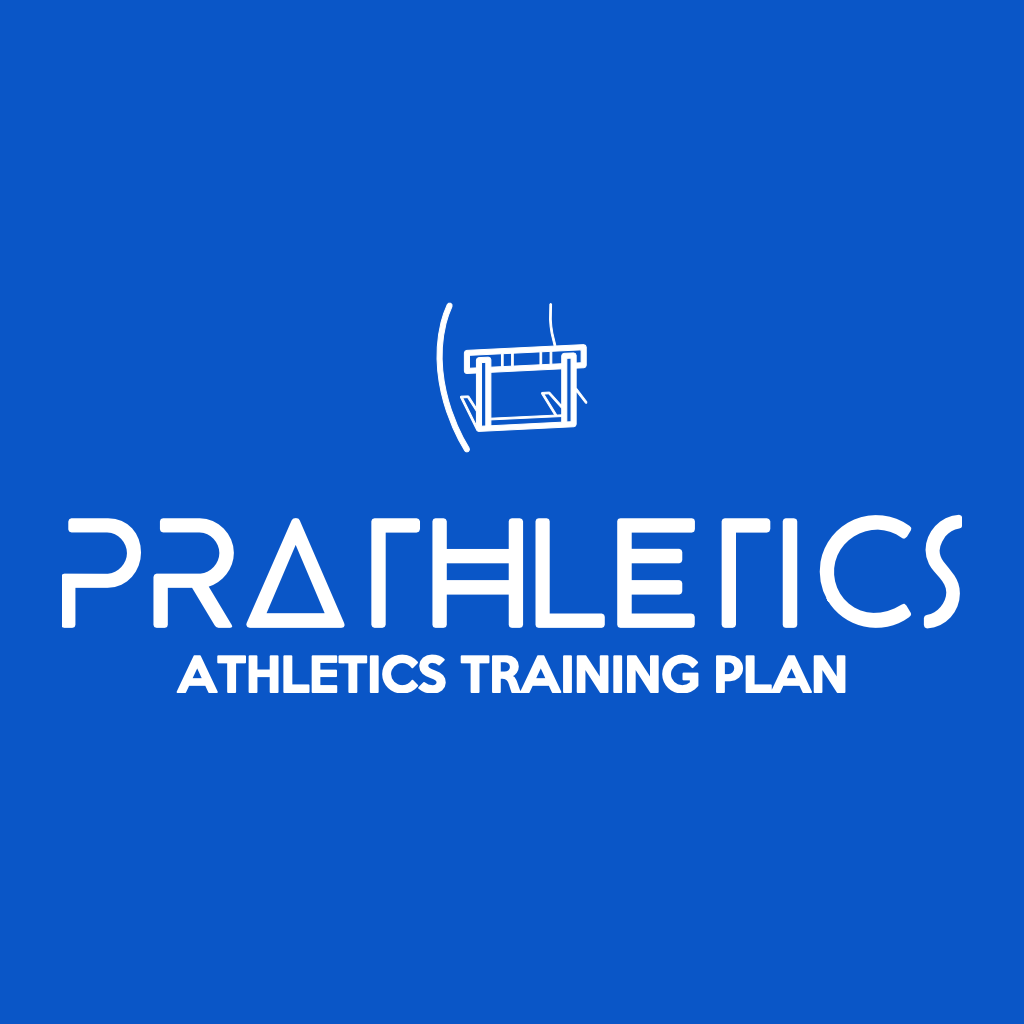- Introduction
- Features
- Install
- Deploy
- Documentation
- Contributing
- Release History
- Authors and acknowledgment
- Admin backend for content
- Read-only API
- Client web application (comming soon)
Follow this instructions to "install" Prathletics.
Clone this repository or download it as an archive and decompress-it.
git clone git://github.com/michaelravedoni/prathletics.gitThe Craft CMS is used as a headless CMS and is located in the /cms folder. This steps are insired from the Craft CMS Documentation. Read it if necessary.
Next up, you need to create a database for your Craft project. Craft 3 supports both MySQL 5.5+ and PostgreSQL 9.5+. For example, name it prathletics.
Duplicate the .env.example and rename it .env. Enter your database connection information and others informations.
Finally, it’s time to run Craft’s Setup Wizard. You can either run that from your terminal or your web browser.
In your terminal, go to your project’s root directory (/cms) and run the following command to kick off the Setup Wizard:
cd cms
./craft setupThe command will ask you a few questions to learn how to connect to your database, and then kick off Craft’s installer. Once it’s done, you should be able to access your new Craft site from your web browser.
In your web browser, go to http://<Hostname>/cms/index.php?p=admin/install (substituting <Hostname> with your web server’s host name pointing to the prathletics project). If you’ve done everything right so far, you should be greeted by Craft’s Setup Wizard.
- Accept the license agreement;
- Enter your database connection information;
- Create an admin account. Don’t be one of those people and be sure to pick a strong password.
- Define your System Name, Base URL, and Language.
- Click “Finish up” to complete the setup process.
- In your web browser, go to
http://<Hostname>/cms/web/adminand log in.
Comming…
Install Vue CLI:
npm install -g @vue/cli
# OR
yarn global add @vue/cliThen install all dependencies :
cd app
npm installThen run the app:
npm run serve # for development
npm run build # for productionIf you want, you can run, manage and install the app with the Vue.js GUI:
vue ui # where you wantThen you have to duplicate the .env.model file in .env.development and .env.production. Open these files and fill the informations with your own:
VUE_APP_CRAFT_API_URL=http://example.com/prathletics/cms/web/
VUE_APP_CRAFT_ADMIN_URL=http://example.com/prathletics/cms/web/admin/
VUE_APP_CRAFT_BACKEND_URL=http://example.com/prathletics/cms/web/
VUE_APP_TRAINER_NAME="Trainer Name"
VUE_APP_URL="http://example.com/prathletics"For deploying the app via FTP (RSync), follow this instructions. In the main project folder /prathletics, run :
npm installRename the env-model.json file in env.json and open-it. Then fill the <user>, <host> and <path/> with your FTP remote server informations. For example:
username_example@example.ftp.com:web/prathletics/Then, to deploy the app, run :
npm run stage #For testing on your test server
npm run stage-dry #If you want to run a dry test
npm run deploy #For the production server
npm run deploy-dry #If you want to run a dry testComming…
We’re really happy to accept contributions from the community, that’s the main reason why we open-sourced it! There are many ways to contribute, even if you’re not a technical person.
- Fork it (https://github.com/michaelravedoni/prathletics/fork)
- Create your feature branch (
git checkout -b feature/fooBar) - Commit your changes (
git commit -am 'Add some fooBar') - Push to the branch (
git push origin feature/fooBar) - Create a new Pull Request
You will find changelogs in the CHANGELOG.md file. For more detail, you can check the HISTORY.md file.
- Localization
- Parameters
- Craft CMS module
- Michael Ravedoni - Initial work - michaelravedoni
See also the list of contributors who participated in this project.


